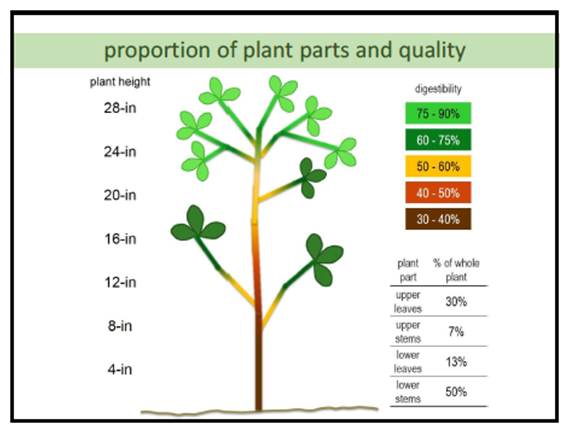Careful management of planting and fertility will pay off in forage yield and quality
By Jackie Clark
Staff Writer
Farms.com
Farmers in Ontario who are looking to plant alfalfa this season should consider some key reminders.
Producers can choose to seed from now until mid-May for a spring seeding, or delay until early- to mid-August for summer seeding. The appropriate choice likely “depends on what’s your feed inventory,” Paul Hermans, area agronomist in Eastern Ontario for Pioneer, told Farms.com.
This year “we’ve got a really good early spring,” he added.
“If you’re a dairy producer, at the end of the day, forage, whether it’s alfalfa or corn silage, that makes the money, that puts the milk in the tank,” Hermans explained. “If you don’t have forage inventories, I would plant now because you can plant alfalfa on its own and get a good establishment in 60 plus days and start taking one or two cuts off.”
When growers plant later in the summer, success “depends on the weather, the rainfall, and what mother nature throws at us to get that alfalfa seed out of the ground and going,” he added. Winter hardiness and survival becomes more of a question.
Traditionally growers have used oats or other small grains as a nurse crop while establishing alfalfa. However, weighing advantages against some risk of competition for resources, “I would just do a straight alfalfa planting,” Hermans said.
If growers want straw, other options exist to source that material, he added. “We have a lot of great looking winter wheat this year in eastern Ontario.”
Alfalfa is susceptible to autotoxicity, which means if you try to thicken a thin stand by planting new seedlings, the older alfalfa plants will kill new ones that are too close, Hermans explained.
Instead, “I would be rotating to corn because it can utilize the nitrogen availability,” he said. Trying to plant alfalfa into alfalfa is “too much of a risk and I think most growers now would take that opportunity to rotate to something else.”

Management will have a greater impact than genetics on plant characteristics that drive digestibility, says Hermans. Pioneer photo.
Finally, some producers have been focusing on stem diameter of alfalfa. Research shows that plant population has more of an impact on stem diameter than genetics, Hermans explained. “It comes down to how you manage and plant your crop.”
So, to optimize your alfalfa crop, shallow planting depth, adequate seeding rate, and fertility “have a lot more influence than genetics at the end of the day in terms of digestibility,” he said.
GoodLifeStudio\iStock\Getty Images Plus photo